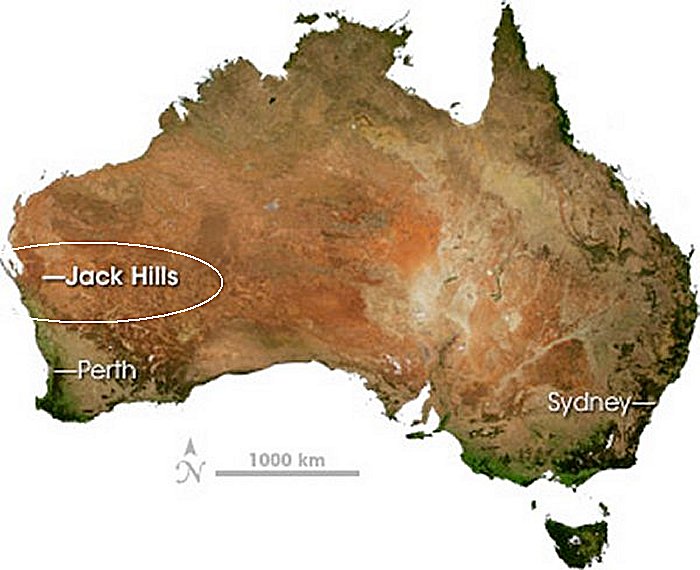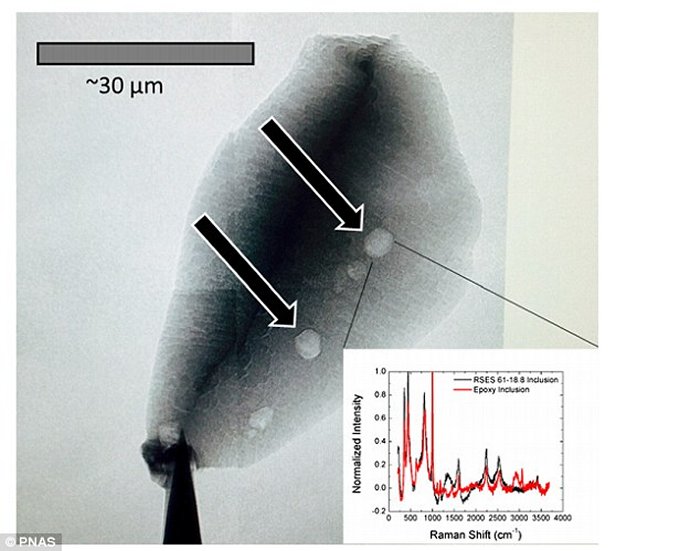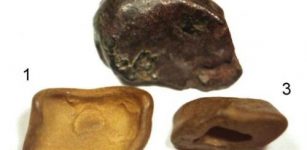Life Likely Existed On Earth 300 Million Years Earlier Than Previously Thought, Researchers Say
MessageToEagle.com – Living organisms likely existed on Earth at least 4.1 billion years ago – 300 million years earlier than previous thought, according to a new study published in of the journal Proceedings of the National Academy of Sciences.
UCLA researchers have found evidence that life may have begun shortly after the planet formed 4.54 billion years ago.
“Twenty years ago, this would have been heretical; finding evidence of life 3.8 billion years ago was shocking,” said Mark Harrison, co-author of the research and a professor of geochemistry at UCLA.

“Life on Earth may have started almost instantaneously,” added Harrison, a member of the National Academy of Sciences. “With the right ingredients, life seems to form very quickly.”
The new research suggests that life existed prior to the massive bombardment of the inner solar system that formed the moon’s large craters 3.9 billion years ago.
“If all life on Earth died during this bombardment, which some scientists have argued, then life must have restarted quickly,” said Patrick Boehnke, a co-author of the research and a graduate student in Harrison’s laboratory.
Scientists had long believed the Earth was dry and desolate during that time period. Now they are proving otherwise.
“The early Earth certainly wasn’t a hellish, dry, boiling planet; we see absolutely no evidence for that,” Harrison said.
“The planet was probably much more like it is today than previously thought.”
The team studied more than 10,000 zircon crystals from Jack Hills, Western Australia, which are heavy, durable minerals related to the synthetic cubic zirconium used for imitation diamonds. They capture and preserve their immediate environment, meaning they can serve as time capsules.
They discovered the evidence in specks of graphite trapped within these time caåsules.while searching for carbon – the key component for life.

How confident are they that their zircon represents 4.1 billion-year-old graphite?
“Very confident,” Harrison said. “There is no better case of a primary inclusion in a mineral ever documented, and nobody has offered a plausible alternative explanation for graphite of non-biological origin into a zircon.”

The graphite is older than the zircon containing it, the researchers said. They know the zircon is 4.1 billion years old, based on its ratio of uranium to lead; they don’t know how much older the graphite is.
The research suggests life in the universe could be abundant, Harrison said. On Earth, simple life appears to have formed quickly, but it likely took many millions of years for very simple life to evolve the ability to photosynthesize.
Confirming the connection with early life would represent “a potentially transformational scientific advance” they said.
MessageToEagle.com










